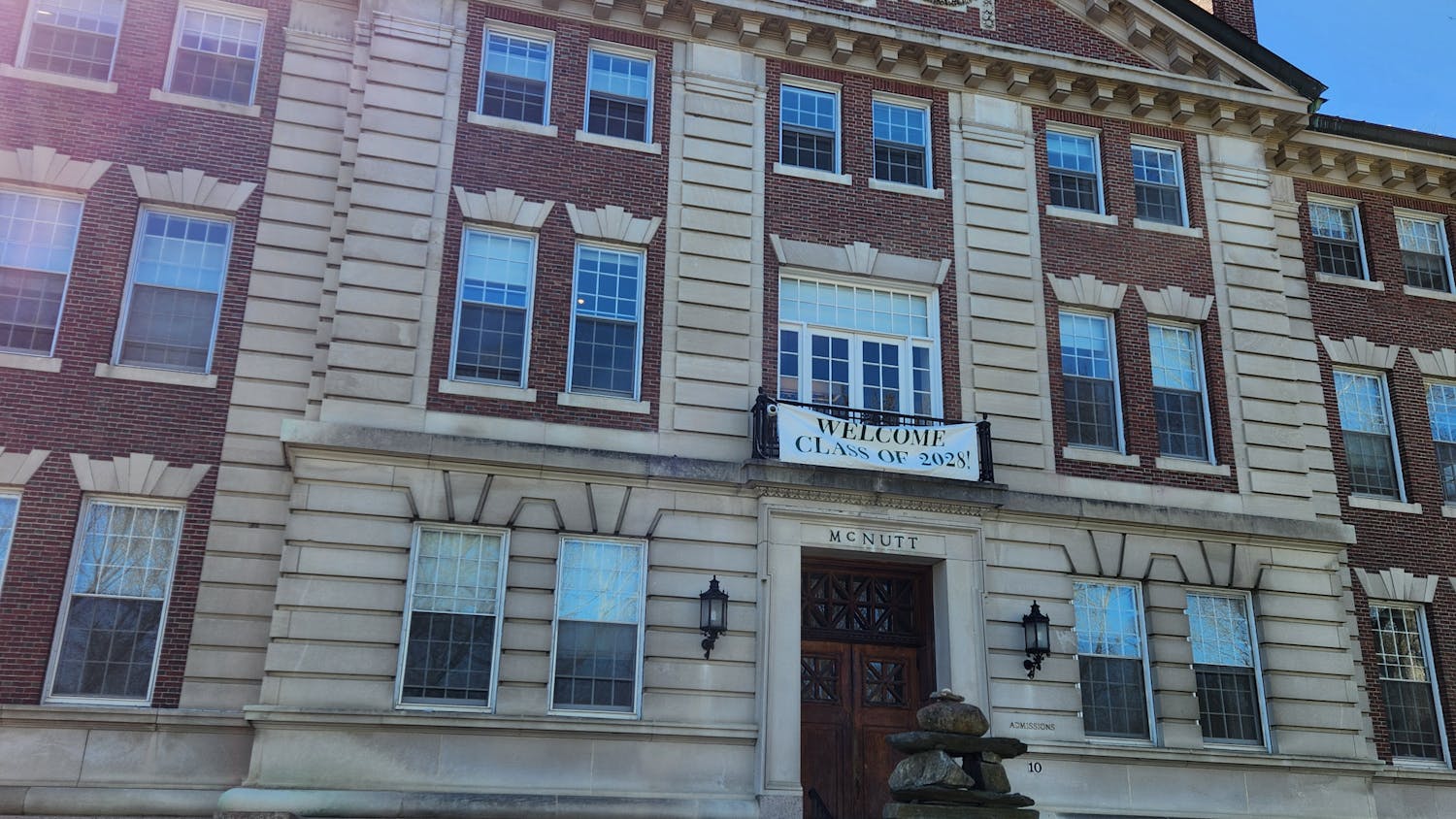With the help of two Dartmouth professors, the National Oceanic and Atmospheric Association’s 2018 Arctic Report Card described this year as the second-warmest year in the Arctic since 1900. The report also notes continued rapid temperature increases in the region, relative to the rest of the world.
The Arctic Report Card is a yearly summary of what scientists have observed in the Arctic in the last year, said engineering professor and research geophysicist at the Cold Regions Research and Engineering Lab Christopher Polashenski, whose research contributed to the report. The report features sub-sections on each major element of the Arctic system with the goal of tracking what currently exists in the Arctic and how it is changing. Polashenski said that the report contains observations only, with no modeling or projecting involved.
“It’s real,” he added. “People or centers actually saw everything that’s being talked about.”
The Arctic Report Card pulls together observations from more than 80 scientists from 12 counties, allowing people and policy makers to see what is going on “writ large,” Polashenski said.
Engineering professor Donald Perovich also worked on the report, coordinating the section concerning sea ice in the Arctic. Perovich has worked on the report since its first edition 13 years ago, and noted that the changes in the Arctic have been continuing and possibly accelerating.
“Where there is sea ice, it’s melting,” said Polashenski, adding that this year’s data confirmed concerns of melting sea ice in the Arctic.
Perovich added that the melting and thinning of ice cover has implications for the resilience of sea ice in the Arctic.
“From what we’ve seen, the ice is covering less area, and it’s thinner,” said Perovich. “One of the interesting things has been how little old ice there is.”
Earth sciences professor Erich Osterberg said that the Arctic region is currently undergoing warming at rates twice as fast as the rest of the world, but because these changes are not in our backyard, we cannot see this direct impact of climate change.
The report brings these dramatic changes home and highlights them in a way everybody can understand, he added.
“The Arctic Report Card is a pretty digestible piece of communication on behalf of NOAA,” Victor Cabrera ’19 said.
Cabrera is currently researching wind systems in Antarctica, which share many similarities with systems in the Arctic region. He added that the Arctic research presented in the report is accessible despite its complex subject matter. The report is a “good point to start” for those seeking to understand climate research and a great source of “inspiration for undergraduate research and further,” he said.
The report is not just an “intellectual exercise ... these changes are having impacts today,” Perovich said. The reduction in sea ice not only changes the Arctic ecosystem, but impacts coastal communities, making them more vulnerable to erosion due to storms, he added.
Further, the impacts of ice melting go beyond strictly scientific concerns. Melting ice creates the opportunity for new shipping lanes through the Arctic, increased tourism in the region and opportunities to explore oil and natural gas extraction. The changing environment is beginning to influence geopolitical thinking as ice retreats and the arctic becomes more accessible, Perovich said.



